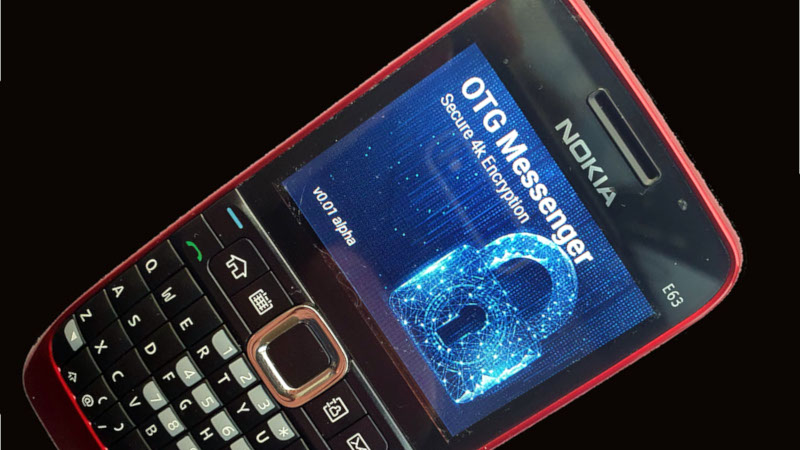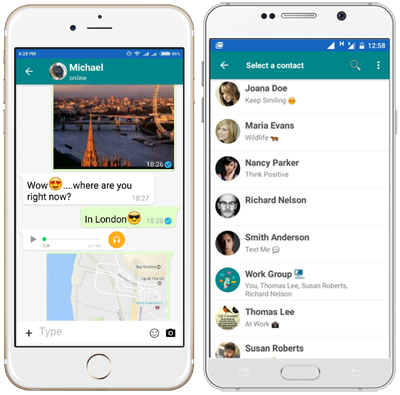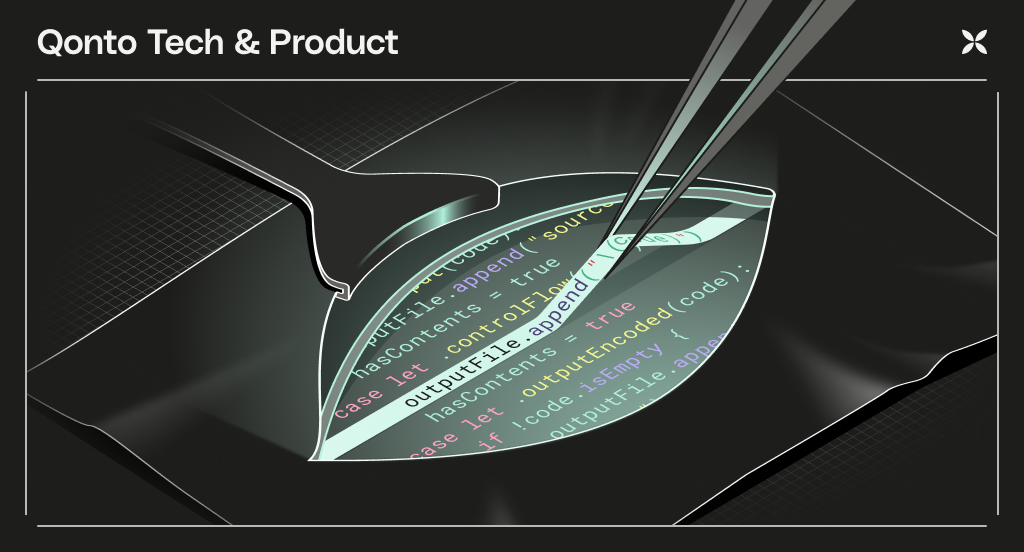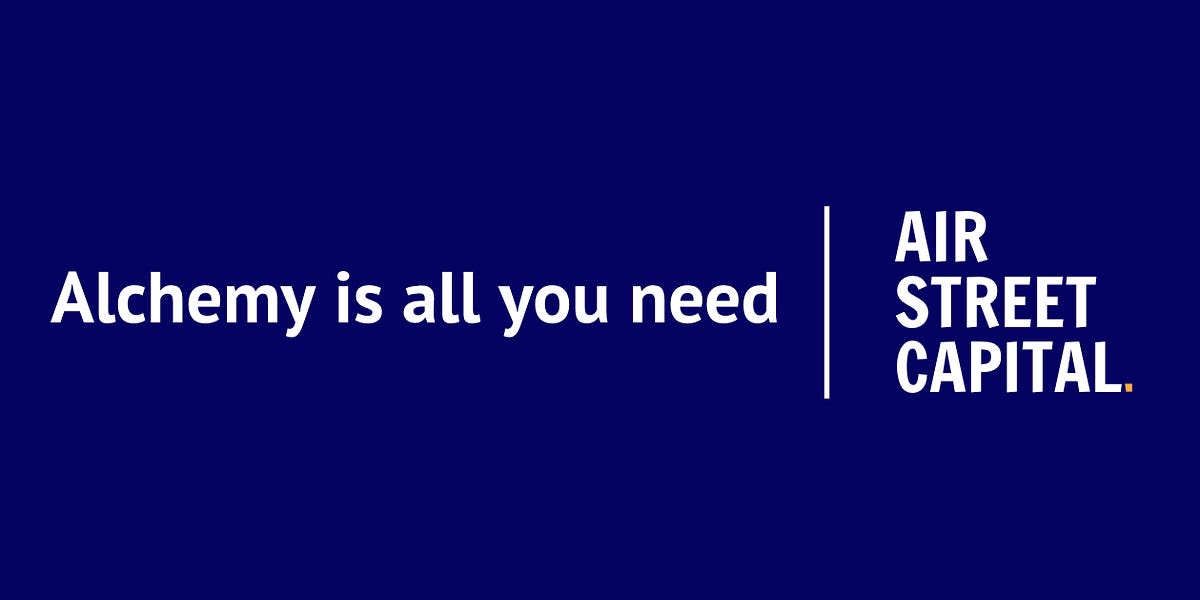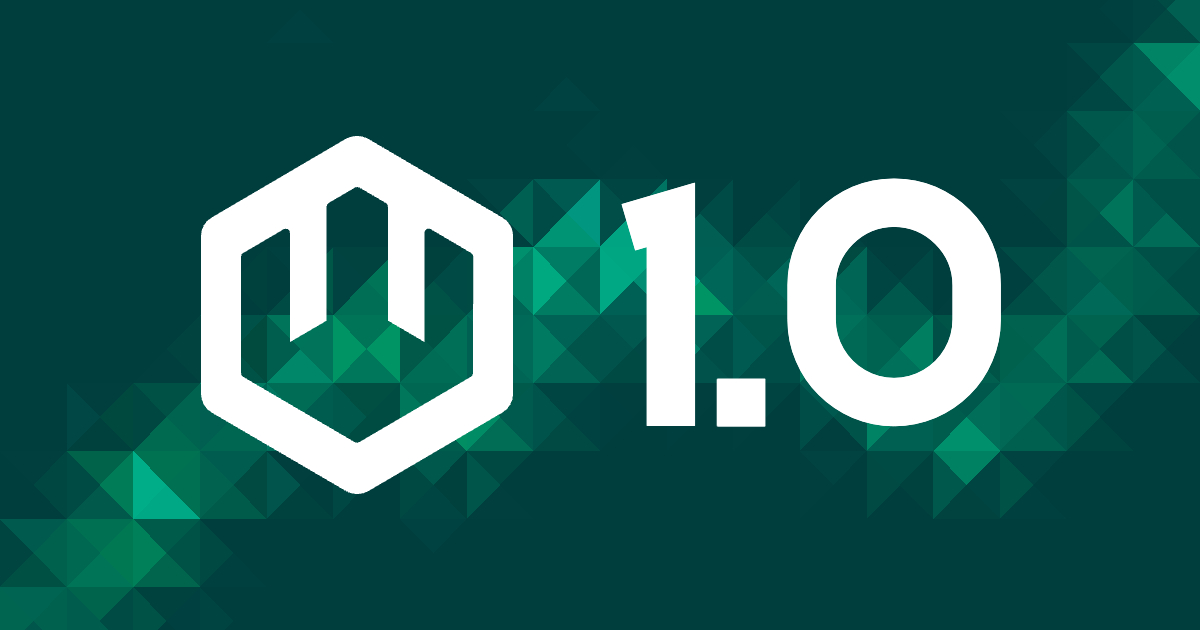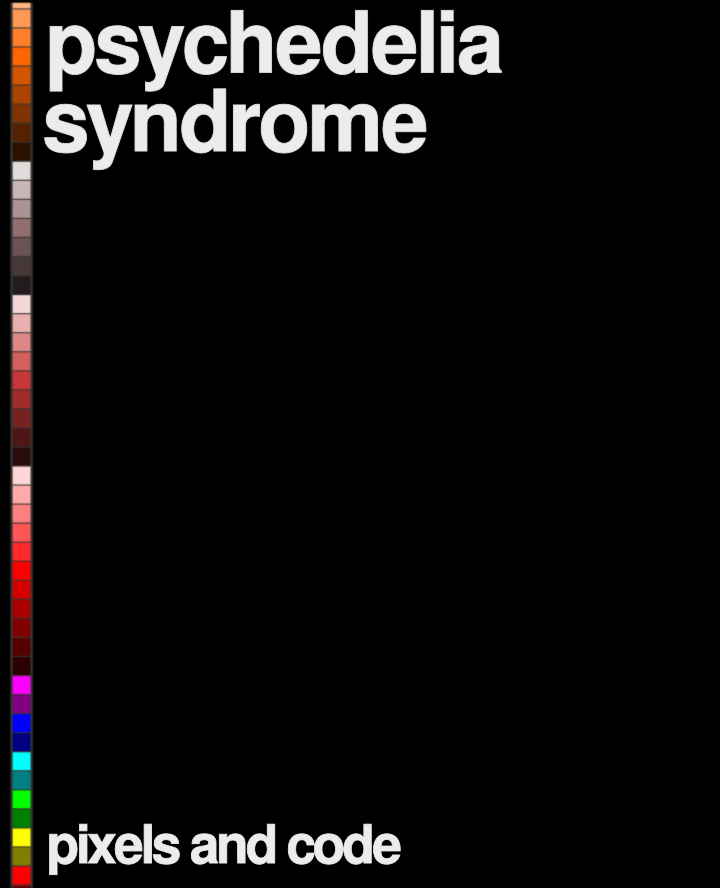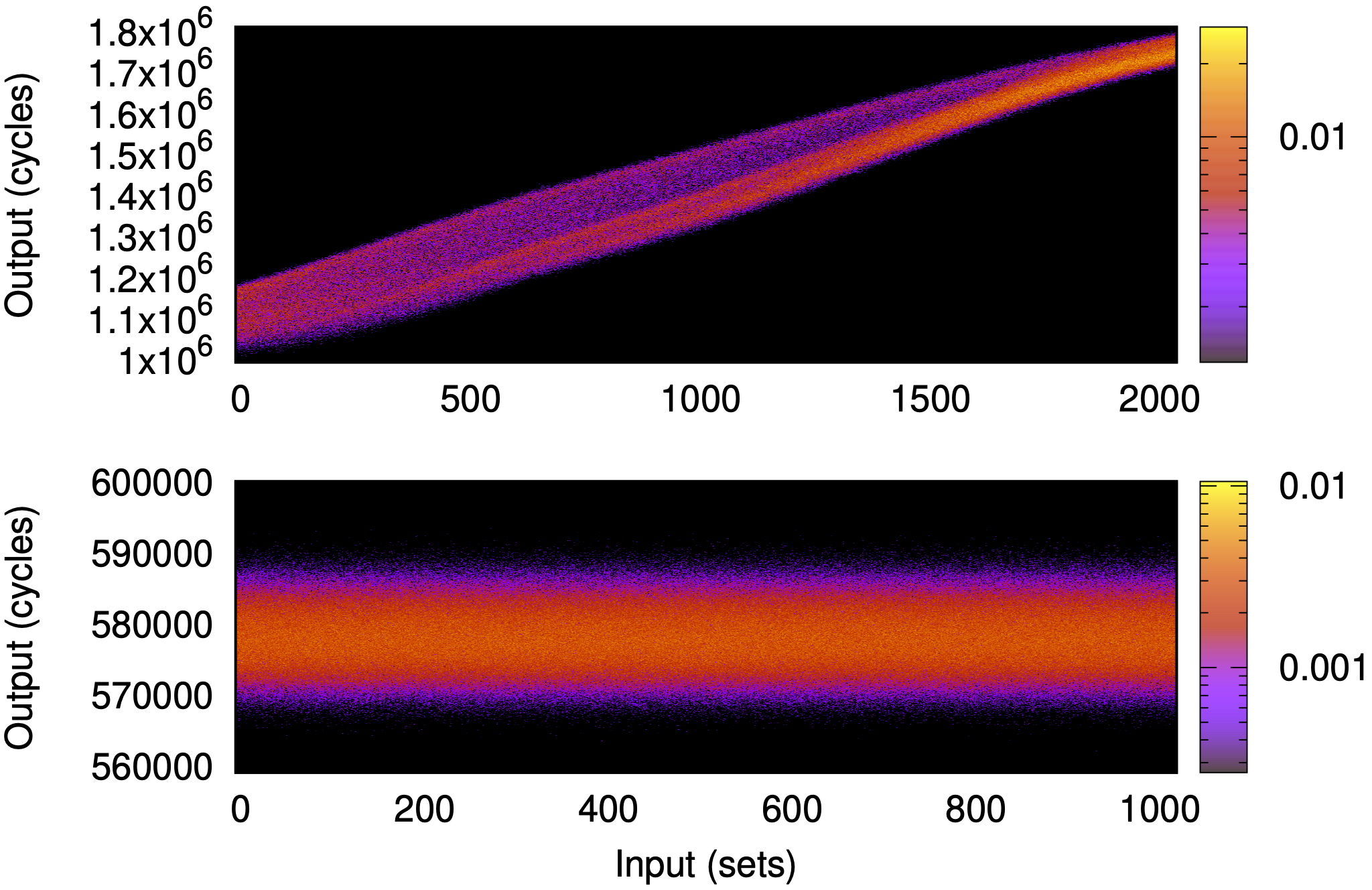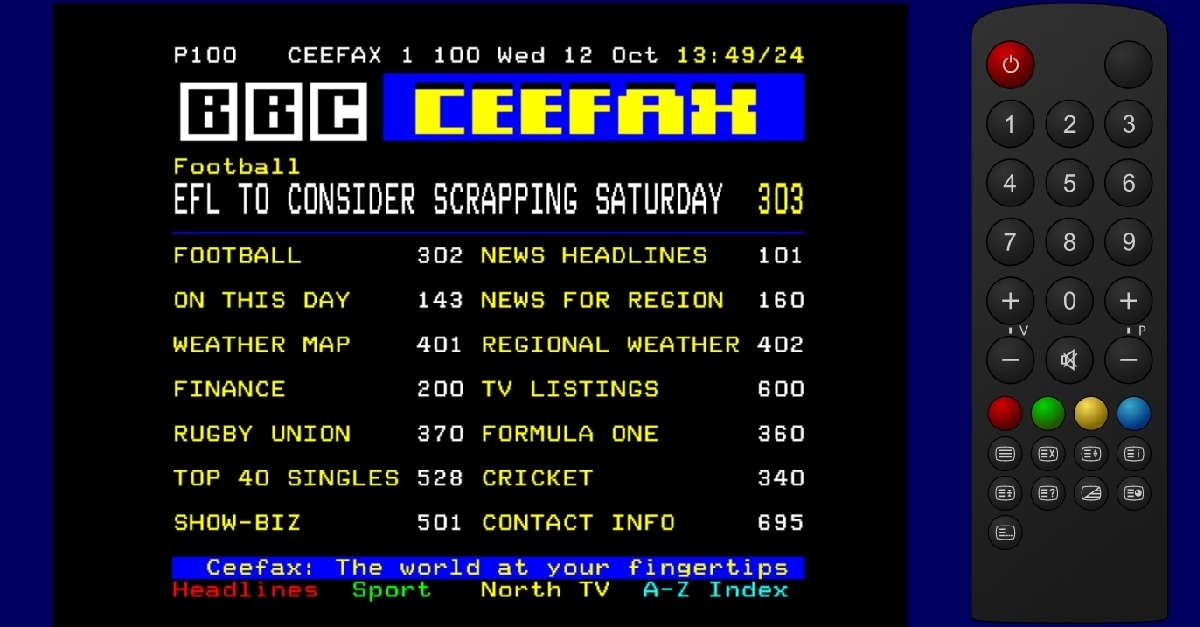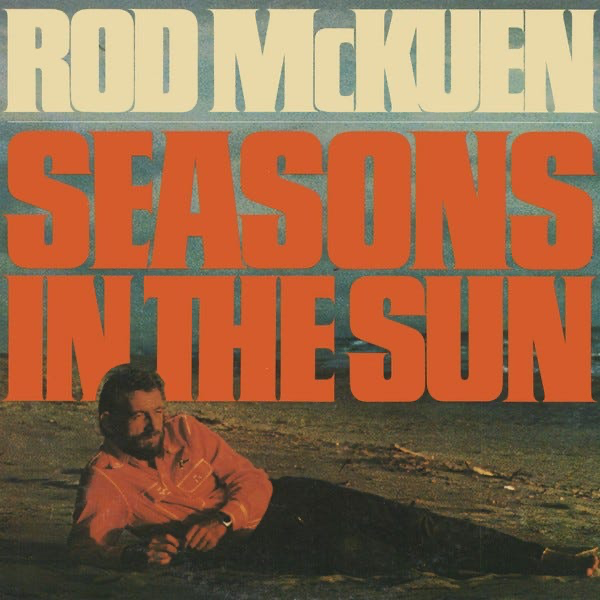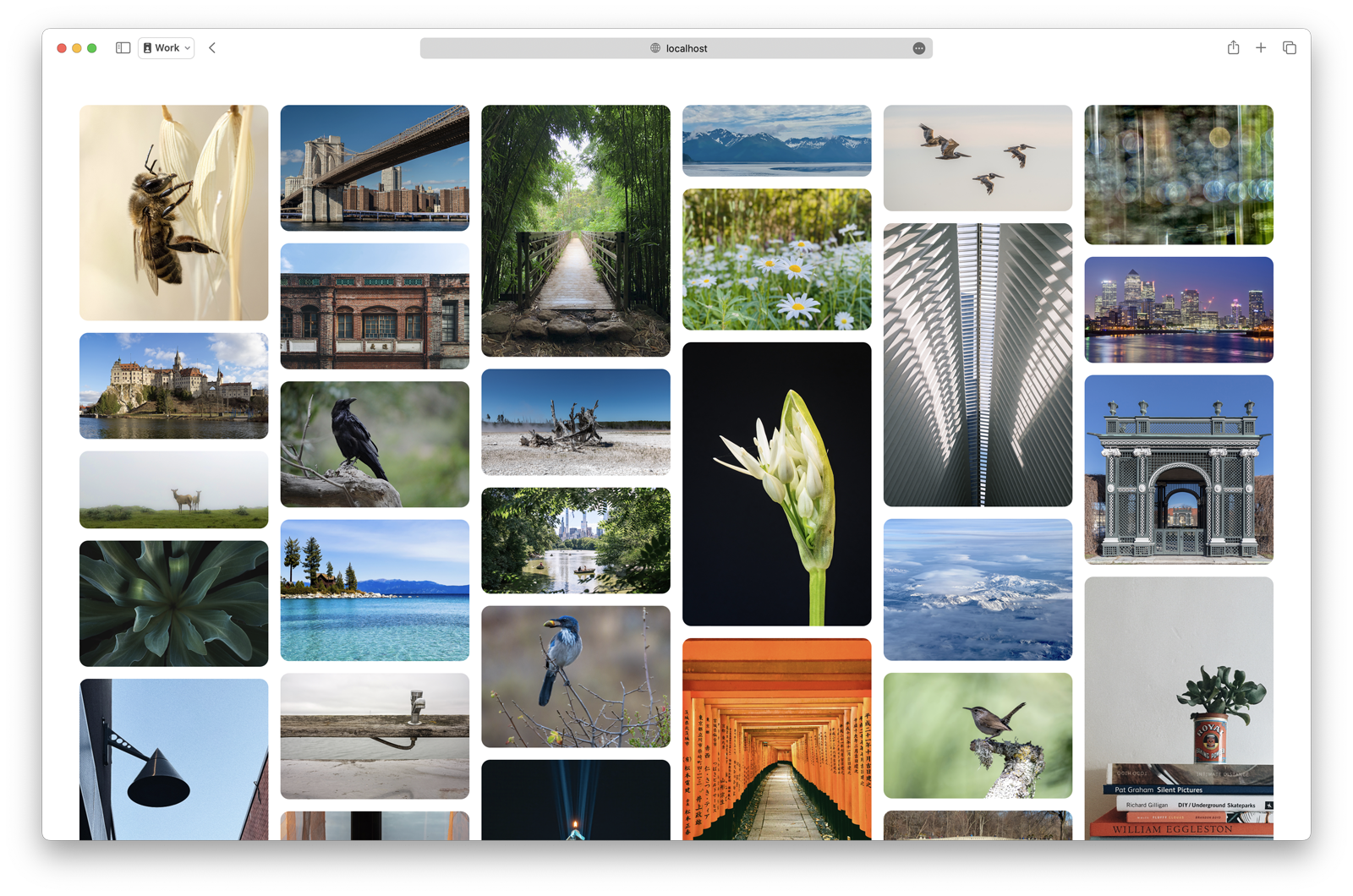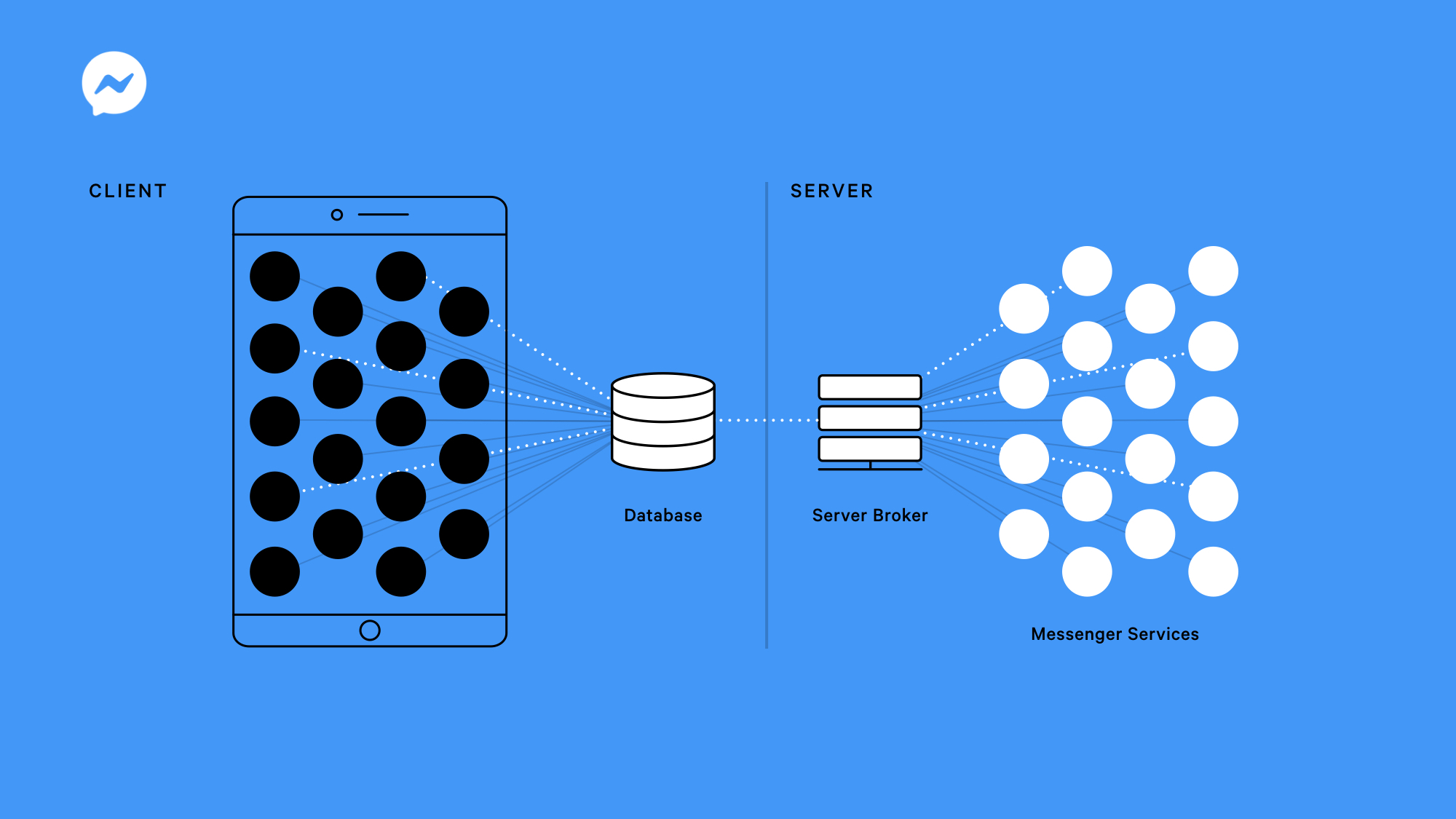
Project LightSpeed: Rewriting the Messenger codebase for a faster, smaller, and simpler messaging app
Messenger first became a standalone app in 2011. At that time, our goal was to build the most feature-rich experience possible for our users. Since then, we’ve added payments, camera effects, Stories, GIFs, and even video chat capabilities. But with more than one billion people using Messenger every month, the full-featured messaging app that looked simple on the surface was far more complex behind the scenes. The back end that was required to help us build, test, and manage all those features made the app far more complex. At its peak, the app’s binary size was greater than 130 MB. That and the large amount of code made the app’s cold start much slower, especially on older devices — and with nine different tabs, it was trickier for the people using it to navigate.
In 2018, we redesigned and simplified the interface with the release of Messenger 4 . But we wanted to do even more. We looked at how we would build a messaging app today if we were starting from scratch. What had changed since we first began developing Messenger nearly a decade earlier? Quite a lot, it turns out. In fact, the way mobile apps are written has fundamentally changed. Which is why, at F8 last year , we announced our intention to make Messenger’s iOS app faster, smaller, and simpler. We called it Project LightSpeed.



